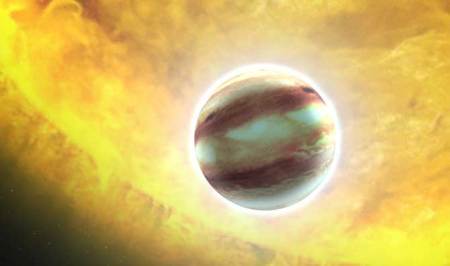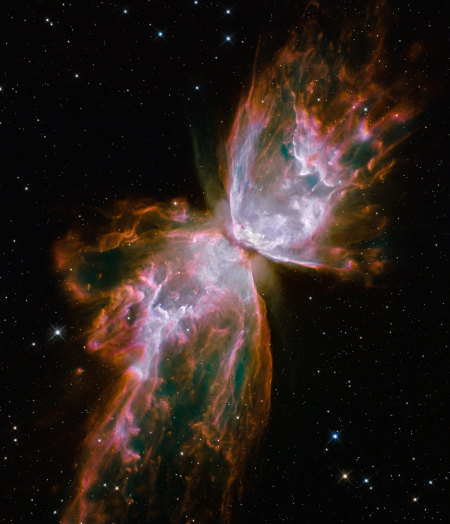NASA's Hubble Completes 1 Millionth Space Obervation (PHOTOS)
NASA's Hubble Space Telescope, which has been in the avant-garde of space exploration and discovery, successfully carried out its one millionth space observation on July 4th while searching for water in a planet as far as 1,000 light-years away.
This one millionth mark milestone reminds us about one of science's greatest invention that has been orbiting the Earth now for 21 years.
Launched back in April 24, 1990, the Hubble is known for giving humanity stunning images of its space explorations and enabling scientists with "ground-breaking science across a wide spectrum of astronomical disciplines," said NASA administrator Charles Bolden who piloted the space shuttle mission to place the Hubble into orbit.
This one millionth observation however was not about transmitting data for astounding pictures back to Earth laboratories, but about a spectroscopic measurement which is technical for finding out the chemical composition of an object in space by analyzing the light emitted by it.
In this case it was planet HAT-P-7b, a planet larger than Jupiter orbiting a star hotter than the sun, and its atmosphere's chemical composition that was studied by the telescope.

"We are looking for the spectral signature of water vapor. This is an extremely precise observation and it will take months of analysis before we have an answer," commented Drake Deming of the University of Maryland while NASA's Goddard Space Flight Center in Greenbelt, Md. "Hubble demonstrated it is ideally suited for characterizing the atmospheres of exo-planets, and we are excited to see what this latest targeted world will reveal."
The Hubble makes an orbit around earth every 97 minutes, circumnavigating Earth about 14 to 15 times each day.
Hubble is a project of international cooperation between NASA and the European Space Agency.



(Source: NASA)





















